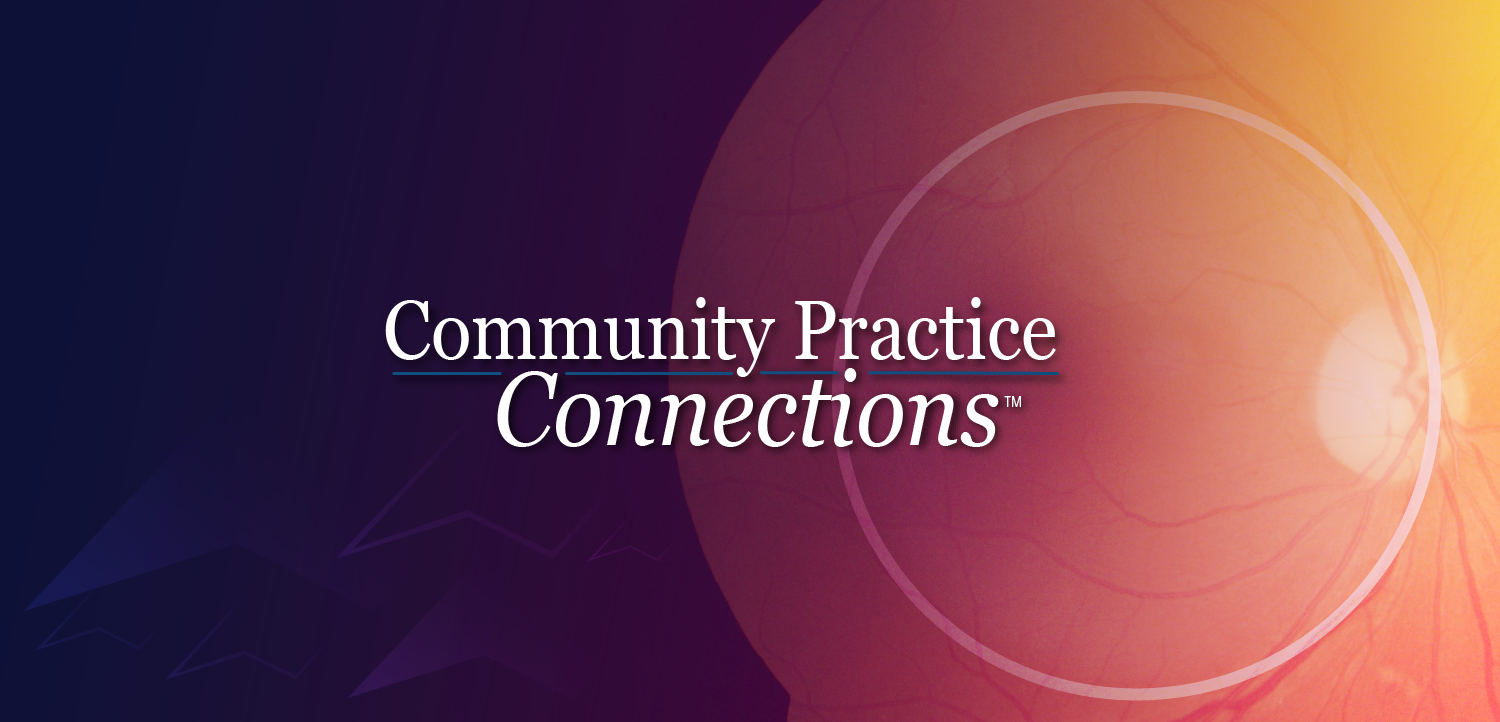ERISA-the great equalizer or playground bully?
The Employee Retirement Income Security Act of 1974 (ERISA) is a federal law that sets standards for private pension and employee benefit plans. ERISA requires disability and medical plans to provide participants with specific information about plan features and funding, and it establishes certain fiduciary responsibilities for those who manage the plan.
Key Points
The Employee Retirement Income Security Act of 1974 (ERISA)-a federal law that sets standards for private pension and employee benefit plans-could be a friend or foe.
It all depends on who you ask.
ERISA requires disability and medical plans to provide participants with specific information about plan features and funding, and it establishes certain fiduciary responsibilities for those who manage the plan.
"There's no teeth in it," he said. "There are no consequences, no remedies, no consumer safeguards, and it's either a license to delay paying when they should or a license to deny benefits when they shouldn't. Or in the circumstance of health insurance, it's really a license to kill."
Under ERISA, Darras said holders of group insurance policies issued by their employers lose their Seventh Amendment right to a jury trial, have no remedy for wrongful death, no right to punitive or punishment damages, no right to extra-contractual damages, and no right to sue in state court.
Mark Johnson, JD, PhD, president of ERISA Benefits Consulting in Grapevine, TX, said ERISA sets up a nationwide standard for how employers operate benefit plans, pension and health care plans, group life insurance, and 401(k) plans.
The policy position behind ERISA, Johnson said, is to limit the exposure employers and health plans face in offering coverage to employees. He explained that the administrative and litigation system that comes with ERISA-covered plans is, in fact, pro defense-but there's a reason for it.
"It's a way to encourage employers to offer plans by shielding them from whatever an attorney can talk a jury into giving," Johnson said. "It is not a level playing field when you litigate an ERISA case. That's by design. You can criticize it or accept it."
Losing the right to trial by jury
One of Darras' biggest complaints about group policies is the inability to file suit in state court. ERISA, he said, requires filing an administrative appeal and suing in federal court. In addition, once the case makes its way to a federal court, there is no jury trial and no discovery.
"You won't testify about the restrictions or limitations. Your doctor won't be asked about why you can't work, your significant other won't talk about what you did before and why you can't do it now," Darras said. "Nobody from the insurance company will be asked any questions under penalty of perjury of what they didn't do."
The case record, he said, is whatever the insurance company sent in on appeal. If the insured can't prove the insurance company denied benefits beyond a reasonable doubt, the insured loses.
"In the majority of cases, the insured can never beat 'beyond a reasonable doubt,'" Darras said. "ERISA hurts. It's unfair. It takes away your constitutional rights. And there is no punishment, no extra-contractual or emotional distress damages. You lose your right to sue if you don't file a timely appeal."
Johnson said ERISA litigation is considered equitable litigation and, therefore, does not fall under the Constitutional right to a trial by jury. He added that employees can sue in state court, but in most instances the defendant-usually the insurance company-will move the case to federal court. In addition, ERISA does not govern medical malpractice claims, so that people who feel they are a victim of malpractice can still seek relief through the courts.
Darras contends that most consumers never make it to the courts because they can't find an attorney to represent them on an ERISA case.
Newsletter
Don’t miss out—get Ophthalmology Times updates on the latest clinical advancements and expert interviews, straight to your inbox.














































.png)


